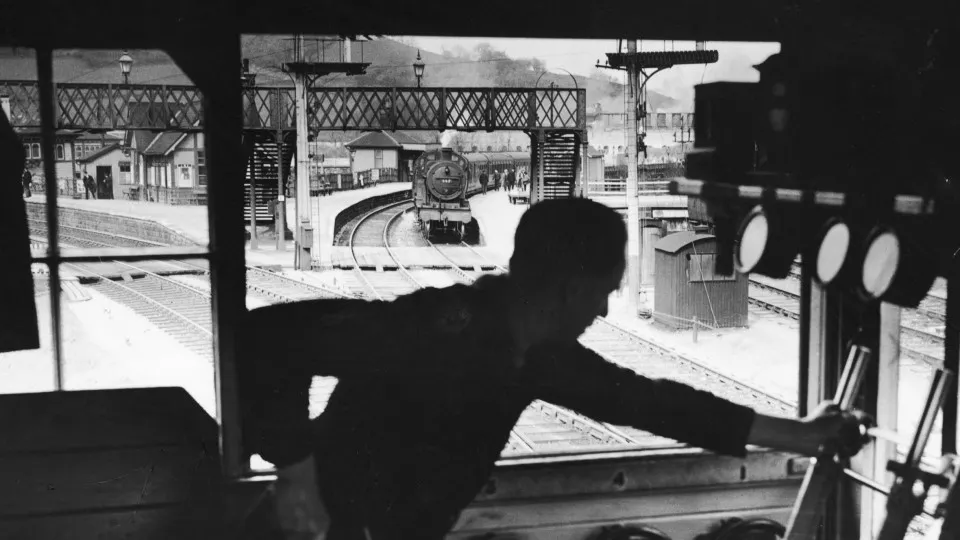Years pass, technology evolves, and jobs become obsolete. It's inevitable and will continue to be so for years to come. And while not every job has been replaced by technology, the truth is that many of them have. How would an iceman make a living in a world with refrigerators, right? Indeed, there are many odd jobs that were popular in the past that many of us haven't even heard of.
Browse through the following gallery and check out the bizarre jobs that no longer exist.



